halitosis icd 9
The available methods can be divided into a mechanical reduction of microorganisms chemical reduction of microorganisms usage of masking products and chemical neutralization of VSC. Halitosis Definition and Symptoms.
There are 0 terms under the parent term Halitosis in the ICD-10-CM Alphabetical Index.
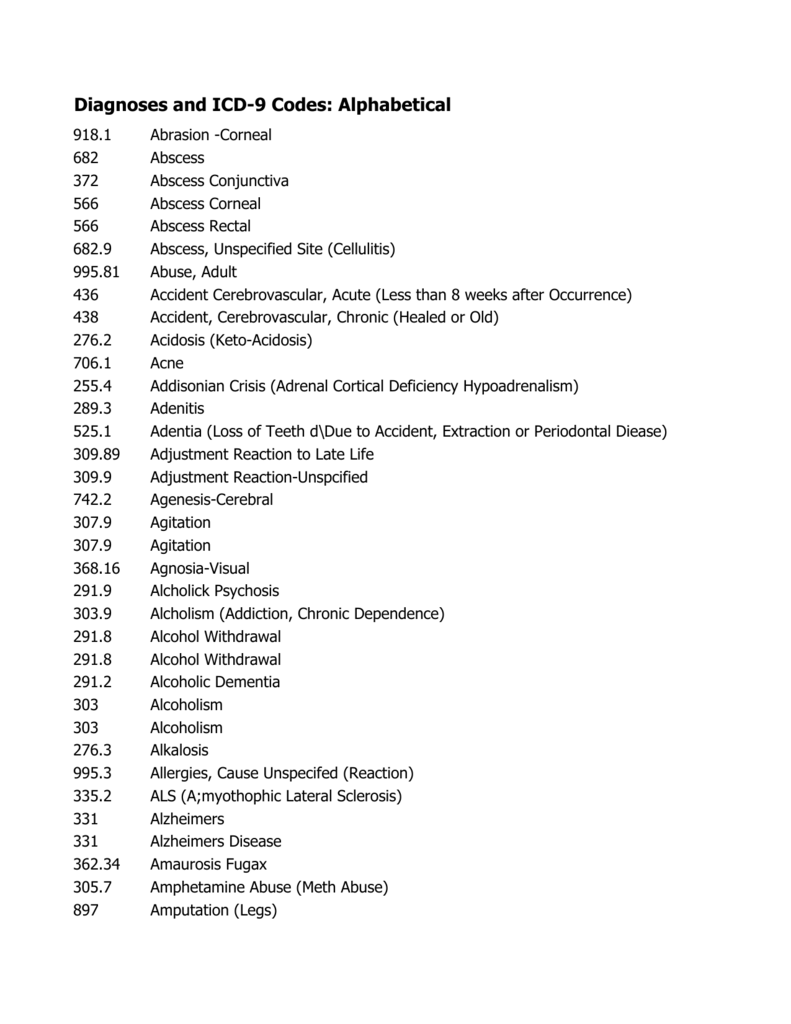
. The most common cause of halitosis is bad oral hygiene. Extraoral disorders may cause halitosis and are often accompanied by suggestive findings. Smoking causes its own unpleasant mouth odor.
The article describes ways to treat the symptoms and causes of halitosis associated with oral cavity. Halitosis--a common medical and social problem. ICD-9-CM 78499 is one of thousands of ICD-9-CM codes used in healthcare.
ICD 9 Codes Tagged With. R196 converts approximately to ICD-9-CM. Congenital or infantile pylorospasm Q400.
ICD-10-CM Diagnosis Code R196. To view other topics. Toothpaste with antibacterial properties has been shown to reduce bad breath odors.
In patients who have had another source of halitosis additional diagnostic procedures and appropriate treatment must be performed. If particles of food are left in the mouth their breakdown by bacteria produces. R196 is a valid billable ICD-10 diagnosis code for Halitosis.
Lifestyle and home remedies. To reduce or prevent bad breath. ICD-10-CM Code for Halitosis R196 ICD-10 code R196 for Halitosis is a medical classification as listed by WHO under the range - Symptoms signs and abnormal clinical and laboratory findings not elsewhere classified.
Common causes include food dry mouth tobacco products mouth infections poor dental hygiene and gum disease. After you digest these foods they enter your bloodstream are carried to your lungs and affect your breath. Paradowska A Kawala B Litwin A.
An accurate diagnosis of halitosis must be achieved to manage it effectively. R196 is a billablespecific ICD-10-CM code that can be used to indicate a diagnosis for reimbursement purposes. If periodontal disease or multiple decayed teeth are evident they should be.
Access to this feature is available in the following products. Getting a diagnosis and treatment recommendations from a dentist is the first step in eliminating and treating halitosis. 9889536 Abstract Halitosis is a major concern to the general public and the source of a multimillion-dollar industry world wide.
Halitosis Show additional info Hide additional info. This code description may also have Includes Excludes Notes Guidelines Examples and other information. Signs and symptoms that point rather definitely to a given diagnosis have been assigned to a.
The above description is abbreviated. Halitosis is the medical term for bad breath. Bad breath halitosis has been with us for thousands of years.
Halitosis is formed by volatile molecules which are caused because of pathological or nonpathological reasons and it originates from an oral or a non-oral source. A review on pathology diagnosis and treatment. Have a question around ICD-10-CM Code R196.
Caused by a variety of bacteria producing sulfurous compounds in the mouth and nose bad breath can easily be underestimated or overestimated with a self-diagnosis due to the subjectivity of its intensity. Although halitosis has multifactorial origins the source of 90 cases is. Includes Excludes I Excludes II Notes From Section R10-R19.
If you notice persistent bad breath first pay attention to the foods you eat. Affiliation 1 Department of Oral Health School of Dentistry University of Otago Dunedin. Bad breath is estimated to affect 1 in 4 people globally.
ICD-10-CM Diagnosis Codes. It is very common in general population and nearly more than 50 of the general population have halitosis. And ill-defined conditions regarding which no diagnosis classifiable elsewhere is recorded.
The entire mouth is checked to see if a cause can be found such as an. Most halitosis results from fermentation of food particles by anaerobic gram-negative bacteria that reside around the teeth and on the dorsum of the tongue. R196 - Halitosis answers are found in the ICD-10-CM powered by Unbound Medicine.
This means brushing twice a day with fluoride toothpaste flossing at least. 2016 2017 2018 2019 2020 2021 2022 BillableSpecific Code. The use of ICD-10 code R196 can also apply to.
Halitosis ICD-10-CM Alphabetical Index. Eating certain foods such as onions garlic and spices also can cause bad breath. The ICD-10-CM Alphabetical Index is designed to allow medical coders to look up various medical terms and connect them with the appropriate ICD codes.
This chapter includes symptoms signs. Brush your teeth after you eat. Concern about halitosis is estimated to be the third most frequent reason for people to seek dental care following tooth decay and gum disease.
It is found in the 2022 version of the ICD-10 Clinical Modification CM and can be used in all HIPAA-covered transactions from Oct 01 2021 - Sep 30 2022. Feel free to start a discussion here. This is the American ICD-10-CM version of R196 - other international versions of ICD-10 R196 may differ.
Keep a toothbrush at work to use after eating. The diagnosis is based on the persons history and mouth odor during the dental exam. Although ICD-9-CM and CPT codes are largely numeric they differ in that CPT codes describe medical procedures and services.
And about 20 of the general population are reported. Authors K M Ayers 1 A N Colquhoun. Floss at least once a day.
Brush using a fluoride-containing toothpaste at least twice a day especially after meals. Smokers and oral tobacco users are also more likely to have gum disease another source. This paper describes different means to assess halitosis which can be helpful in determining the diagnosis.
Bad breath known clinically as halitosis is difficult to measure and diagnose but it is not impossible. You should also improve your dental hygiene if needed. The 2022 edition of ICD-10-CM R196 became effective on October 1 2021.
Symptoms and Signs ICD 9 Codes. Dentists often diagnose halitosis. 78499 - Other symptoms involving head and neck.
Home treatment includes enhanced toothbrushing flossing and tongue brushing or scraping. Available for iPhone iPad Android and Web. The ICD code R196 is used to code Halitosis Halitosis colloquially called bad breath or fetor oris is a symptom in which a noticeably unpleasant odor is present on the exhaled breath.
See below for any exclusions inclusions or special notations. Causes diagnosis and treatment N Z Dent J. ICD-9-CM codes are used in medical billing and coding to describe diseases injuries symptoms and conditions.
R196 - Halitosis is a sample topic from the ICD-10-CM. The problem is discussed at length in the Jewish Talmud and has been described by Greek and Roman writers. In most cases finding the cause of the bad breath is the first step toward treating this preventable condition.
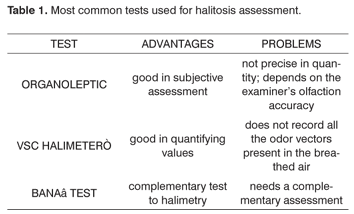
Halitosis An Assessment Protocol Proposal

Non Oral Cause Of Halitosis Download Table

Diagnoses And Icd 9 Codes Alphabetical

Halitosis Oral Malodor Bad Breath Causes Diagnosis Treatment Faq S

Schematic Flowchart For The Classification And Diagnosis Of Halitosis Download Scientific Diagram

Diagnosis Caries Bad Breath Halitosis Royalty Free Vector

Bad Breath Halitosis Vsc Causes And Treatment

Bad Breath Halitosis Vsc Causes And Treatment
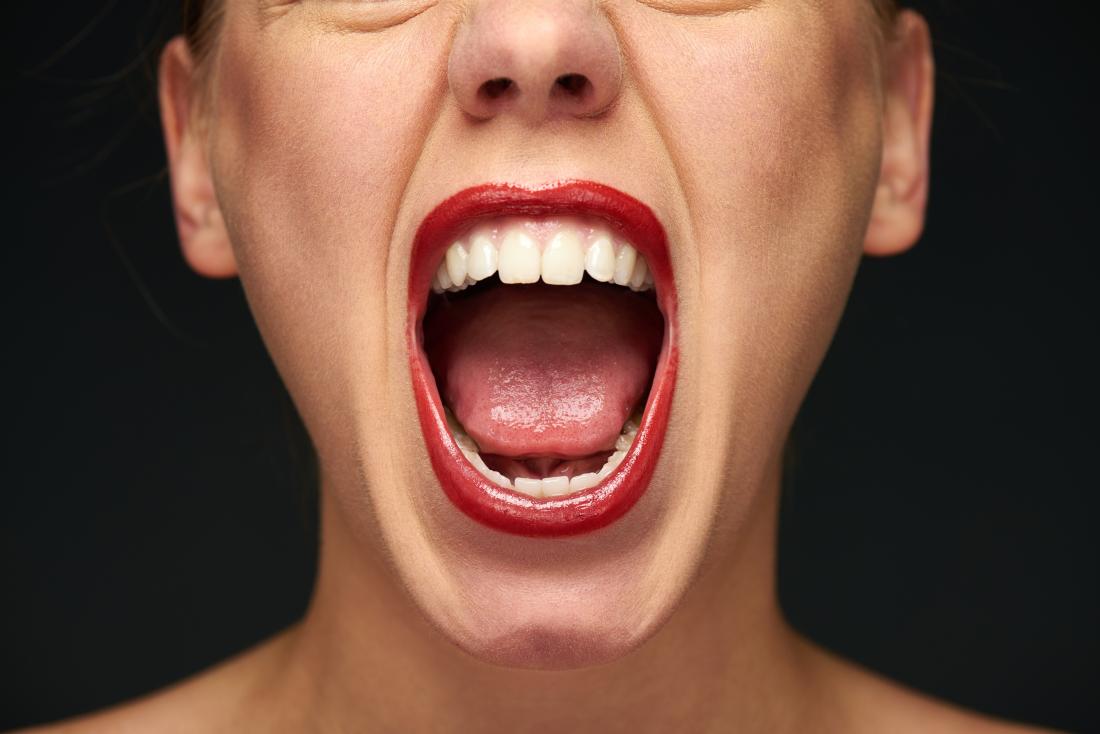
Bad Breath Halitosis Causes Diagnosis And Treatment

Excellence In Optometric Education Ppt Video Online Download
International Classification Of Diseases 9th Revision Clinical Modification Icd 9 Cm Portal Myhealth
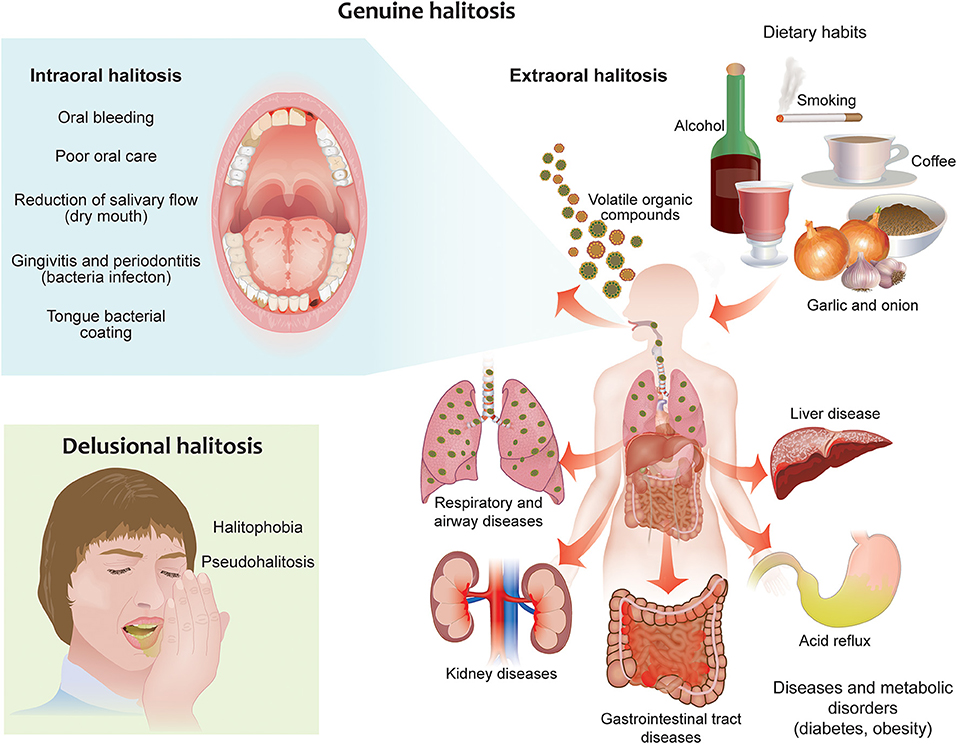
Frontiers A Literature Review And Framework Proposal For Halitosis Assessment In Cigarette Smokers And Alternative Nicotine Delivery Products Users

Halitosis A Review Of The Etiologic Factors And Association With Systemic Conditions And Its Management Semantic Scholar
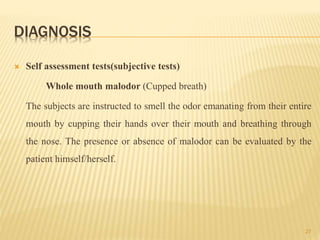
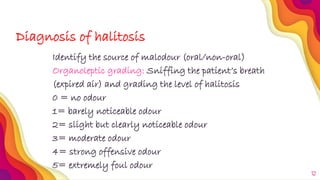
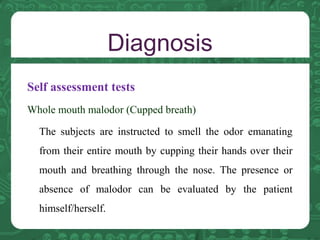


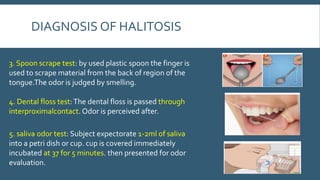

Comments
Post a Comment